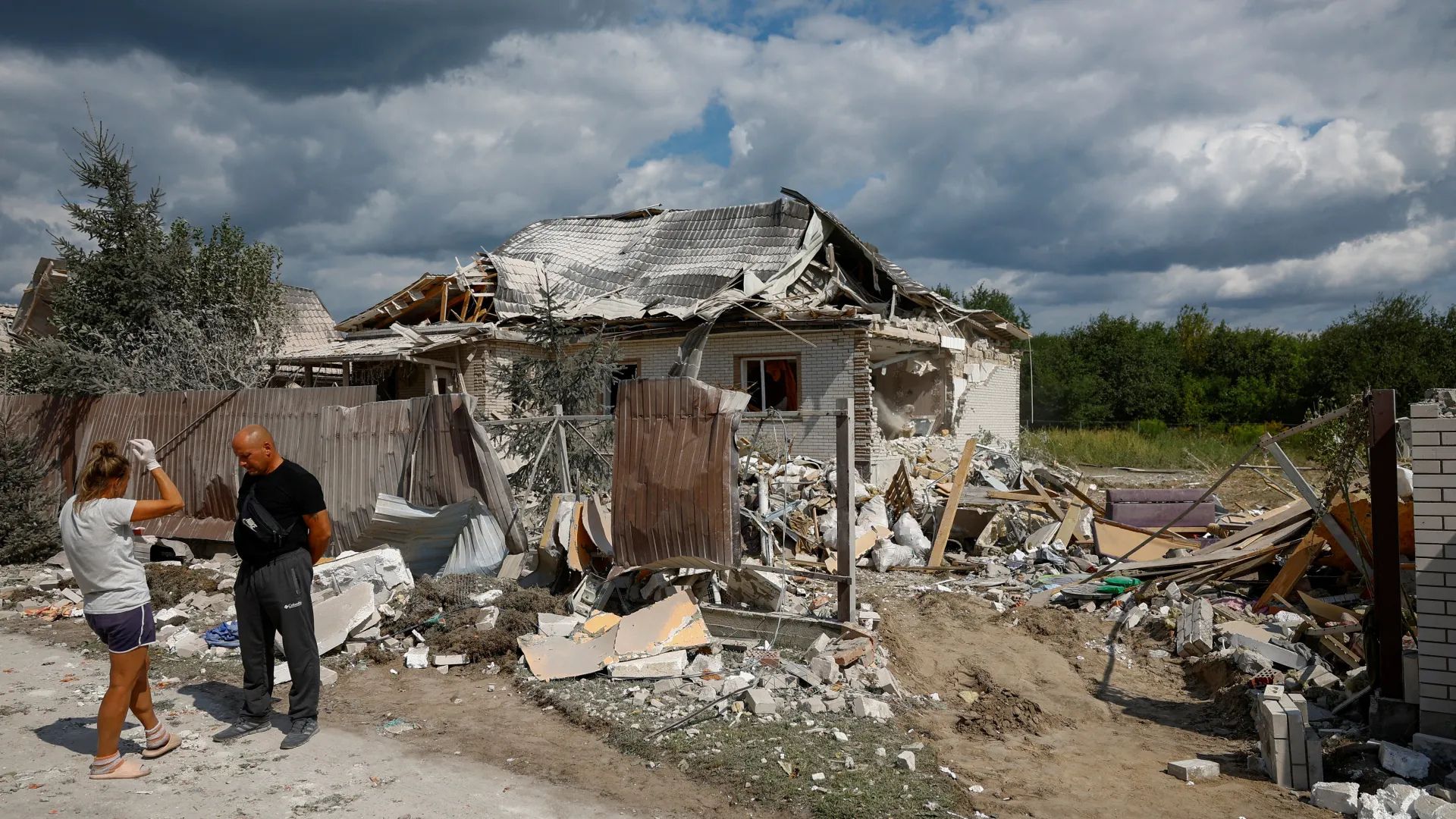
It has been a rollercoaster ride for airlines, passengers, airports, security, and government officials over the last three days when over 10 flights have been diverted due to bomb threats. From a Boeing 777 landing at Iqaluit Airport in Canada to fighter jets escorting an aircraft near Singapore, this week has followed no other rhythm of action on these matters. As cases of investigation into the source of the threats and possible preventive measures unfold, one thing is for sure: there’s no tolerance at all for such threats; a position reaffirmed by the head of India’s Bureau of Civil Aviation Security (BCAS).
The following airlines have been hit: IndiGo, Air India, Air India Express, Akasa Air, SpiceJet, and Alliance Air. These ground and airborne threats made passengers sit in the cold without a place of stay, witness fighter jets flying alongside their aircrafts, and get stuck on isolated bays knowing that a bomb threat is to arrive. Old people, babies, and persons who need special attention had high levels of anxiety since they required certain care, food, and medication within the incidents.
Despite some being hoaxes in other cases, every threat is taken seriously and followed with impeccable standard protocols. What raises a question from such frequent threats is whether it is part of a larger strategy to test preparedness among authorities or if it is simply a means of system fatigue or striking at the economy.
A threat is anything detail received by personnel or the public, usually through call centers, airports, or social media sites. The airline is also prepared with instructions on what that incident should be handled at and noted to ensure all the required details are passed to the various security departments. Security committees get triggered to handle the incident. In this case, both the airline and airport representatives update everyone in the situation.
These can be some very tough moments for the passengers. Co-ordination between the crew and security teams, orderly disembarkation, and provision of special attention to infants, children, pregnant women, and senior citizens. Passengers also need to be observant and report suspect activity discreetly to the cabin crew, as such information may help in the investigations especially where the threats are not accessible like the washroom. First of all, passengers should not panic and stop the circulation of rumors about certain information without verification, allowing the security team to solve the situation correctly.
Bomb threats fall under “force majeure,” and they are situations that are out of the airline’s control. The airline is excused from giving compensation in such scenarios. Security teams take over during such cases, and there may be a possible delay in getting the checked luggage of passengers till more security checks are done. Requests for medication and baby food, which are vital, are given priority, but obtaining accommodations or providing extra meals may depend on the strength of the threat and the availability of resources and facilities in the airport.
It is very important to conduct an inquiry and punish the culprits. Though hoax calls were made in the past for such frivolous reasons as preventing friends or family members from traveling, the current spate of incidents seems more organized, giving a hint that some elements are orchestrating this effort.















